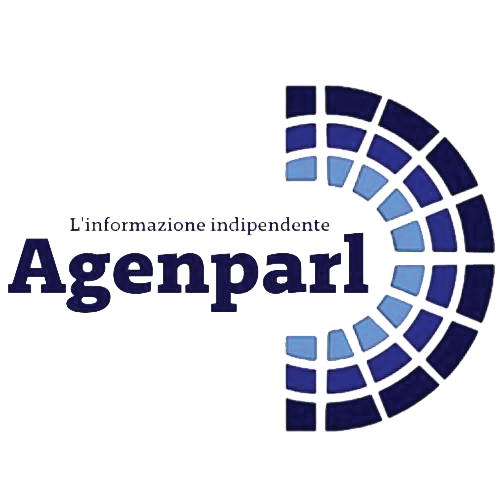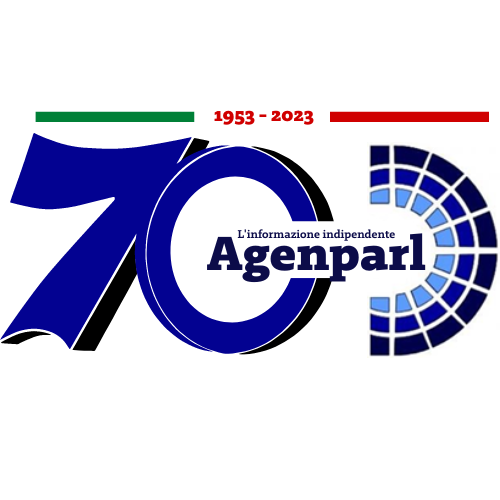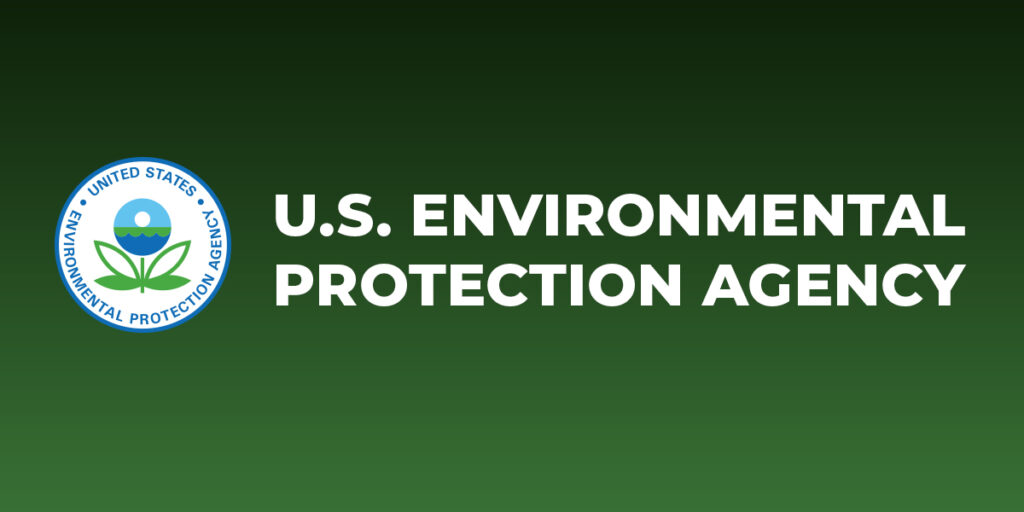 (AGENPARL) - Roma, 1 Marzo 2024
(AGENPARL) - Roma, 1 Marzo 2024(AGENPARL) – ven 01 marzo 2024 Issued: Mar 1, 2024 (10:50am EST)
If you wish to unsubscribe please do so
here: http://url6130.epa.mediaroom.com/ls/click?upn=u001.iqz6hAvLdUl-2FaSixKUG3iyFJBsxNAroAZOQ1BID8fKIiLAUfJX2sQlhu1tzKAOIu-2BU84uzAzSpWvmWyHnsNJDRYXWx5dlMz75Zp9ch-2BQlG6mQHPYjReZhS13hvd5qOopWqF3_-2B0Ok6Af7hyz7Kqg6CR74pYblAA1WjrUjKSJUAiv3NOub0DC4O7JPWGxIlQ7kBB-2FSZFpzVuKOAtmx-2FYE0ch-2FEhEBXaGYVfJoQ8yXPt0pBm0UWyl3Nq5nreuPNWIiikml2GZozHAKbgr4haZc5NQUEmwyH2o1krn7bRDGXwIbkQUVsXvetTLv2rsEU3VeS95G10-2BPg7q-2FR-2FMMMJ5FnvmwMNQUdSMd-2F9Tm8ZeJF52ltiW93m39vii9a0-2FhbZMxaeesIwS-2BWNQfOxp2wqIiISLqOsg-3D-3D
EPA finalizes stronger safety standards to protect at-risk communities from
chemical accidents
U.S. Environmental Protection Agency, Region 7 – 11201 Renner Blvd., Lenexa,
KS 66219
Iowa, Kansas, Missouri, Nebraska, and Nine Tribal Nations
LENEXA, KAN. (MARCH 1, 2024) – Today, the U.S. Environmental Protection
Agency is announcing finalized amendments to the Risk Management Program to
further protect at-risk communities from chemical accidents, especially those
located near facilities in industry sectors with high accident rates.
The “Safer Communities by Chemical Accident Prevention Rule” includes
EPA’s most protective safety provisions for chemical facilities in history,
requiring stronger measures for prevention, preparedness, and public
transparency. The rule protects the health and safety of all communities by
requiring industry to prevent accidental releases of dangerous chemicals that
could otherwise cause deaths and injuries, damage property and the
environment, or require surrounding communities to evacuate or
shelter-in-place.
“Many communities that are vulnerable to chemical accidents are in
overburdened and underserved areas of the country,” said EPA Administrator
Michael S. Regan. “This final rule is a critical piece of the Biden-Harris
Administration’s commitment to advancing environmental justice by putting in
place stronger safety requirements for industrial facilities and new measures
to protect communities from harm.”
The final rule includes revisions to improve chemical process safety, to
assist in planning, preparing for, and responding to accidents, and to
increase public awareness of chemical hazards at regulated sources. The rule
requires regulated facilities to perform a safer technologies and alternatives
analysis, and in some cases, facilities will be required to implement reliable
safeguard measures as practicable. This new requirement is expected to reduce
the frequency and severity of accidents.
For example, in 2019, an explosion and fire at the TPC Group in Port Neches,
Texas, resulted in the largest number of evacuees in history (50,000 people),
as well as $153 million in offsite property damage. Had the provisions being
finalized today been in effect prior to the TPC Group accident, the facility
would have been required to perform a safer technologies and alternatives
analysis and implement at least one safeguard measure, which may have
mitigated or prevented the accident from occurring.
The final rule covers all 11,740 regulated RMP facilities across the country
and contains more rigorous requirements for a subgroup of facilities that are
more accident-prone and pose the greatest risk to communities. EPA estimates
that accidental releases from RMP facilities cost society more than $540
million each year. There are approximately 131 million people living within
three miles of RMP facilities, of which approximately 20 million identify as
Black or African American, 32 million identify as Hispanic or Latino, and 44
million earn less than or equal to twice the poverty level.
The rule also includes provisions such as empowering workers in safety
decisions and increasing access to RMP facility information for communities
living and working in the surrounding areas. To further enhance public
transparency, in the coming months, EPA is working toward making RMP
information available on the agency’s website.
EPA incorporated robust stakeholder input and coordinated with other federal
chemical safety and security agencies during the rulemaking process that were
vital in developing a comprehensive proposal and effective final rule to
further protect at-risk communities from chemical accidents. Final amendments
to the rule include:
Requiring a safer technologies and alternatives analysis, and in some cases,
implementation of reliable safeguard measures for certain facilities in
industry sectors with high accident rates.
Advancing employee participation, training, and opportunities for employee
decision-making in facility accident prevention, for example:
Reiterating the allowance of a partial or complete process shutdown in the
event of a potential catastrophic release.
Implementing a process to allow employees and their representatives to
anonymously report specific unaddressed hazards.
Requiring third-party compliance audits and root cause analysis incident
investigation for facilities that have had a prior accident.
Enhancing facility planning and preparedness efforts to strengthen emergency
response by ensuring chemical release information is timely shared with local
responders and a community notification system is in place to warn the
community of any impending release.
Emphasizing the requirement for regulated facilities to evaluate risks of
natural hazards and climate change, including any associated loss of power.
Increasing transparency by providing access to RMP facility information for
communities nearby.
The rule will be published alongside a query tool which will allow people to
access information for RMPs in nearby communities. The agency intends to
update the tool in the coming months to allow visualization of climate change
hazards, a request of several stakeholders. This commitment aligns with a key
goal of the National Climate Resilience Framework—to equip communities with
the information and resources needed to assess their climate risks and develop
the climate resilience solutions most appropriate for them.
Read more information on the rule visit EPA’s Risk Management Program rule
website.
# # #
Learn more about EPA Region 7
To unsubscribe or change your settings click here:
http://url6130.epa.mediaroom.com/ls/click?upn=u001.iqz6hAvLdUl-2FaSixKUG3iyFJBsxNAroAZOQ1BID8fKKhIILjisBDEktm3-2BIos9X6Y3f1ShWVIgt1xPkw-2Fu1dmhthep4wHGUJ43qYOvpVmKpjjINSkXKr7BYIghOoBYE0JiIEuLGzEfFE7q-2F50WFJ6g-3D-3DCtG3_-2B0Ok6Af7hyz7Kqg6CR74pYblAA1WjrUjKSJUAiv3NOub0DC4O7JPWGxIlQ7kBB-2FSZFpzVuKOAtmx-2FYE0ch-2FEhEBXaGYVfJoQ8yXPt0pBm0WmvCVAD-2BLl9cwkb3PO0cyo0fA63xUmiVeZE7fwwCcVpP3zcWYtflm1-2B6J2faSjoLOxsd12voUCKtOBS6feVu1KXtfR-2BxosBXzejiN4jgBCEPTAcyH3u-2FEp1FJPCicK8kRVMge9gc5GY8FM1ZVq-2BrBCDtwT2zNtoj4Sn8MyWvFbBw-3D-3D

